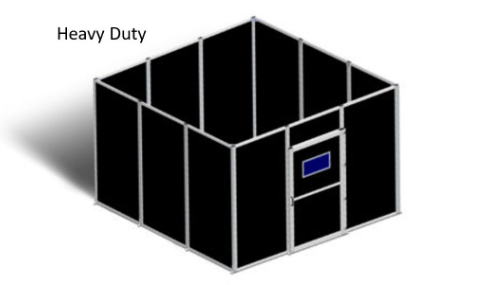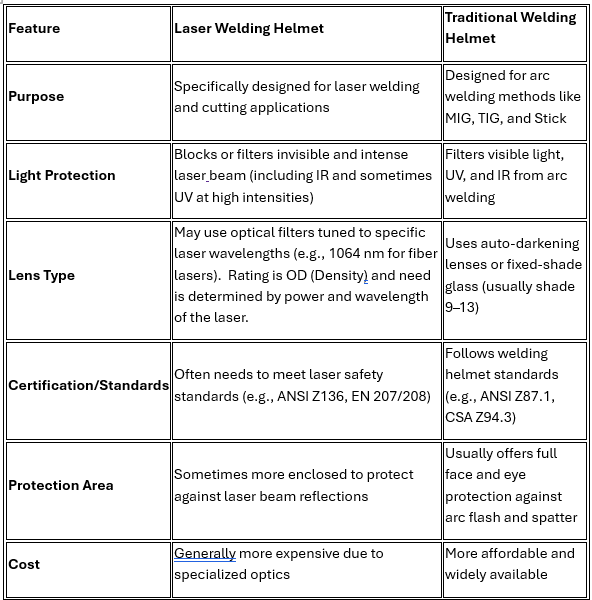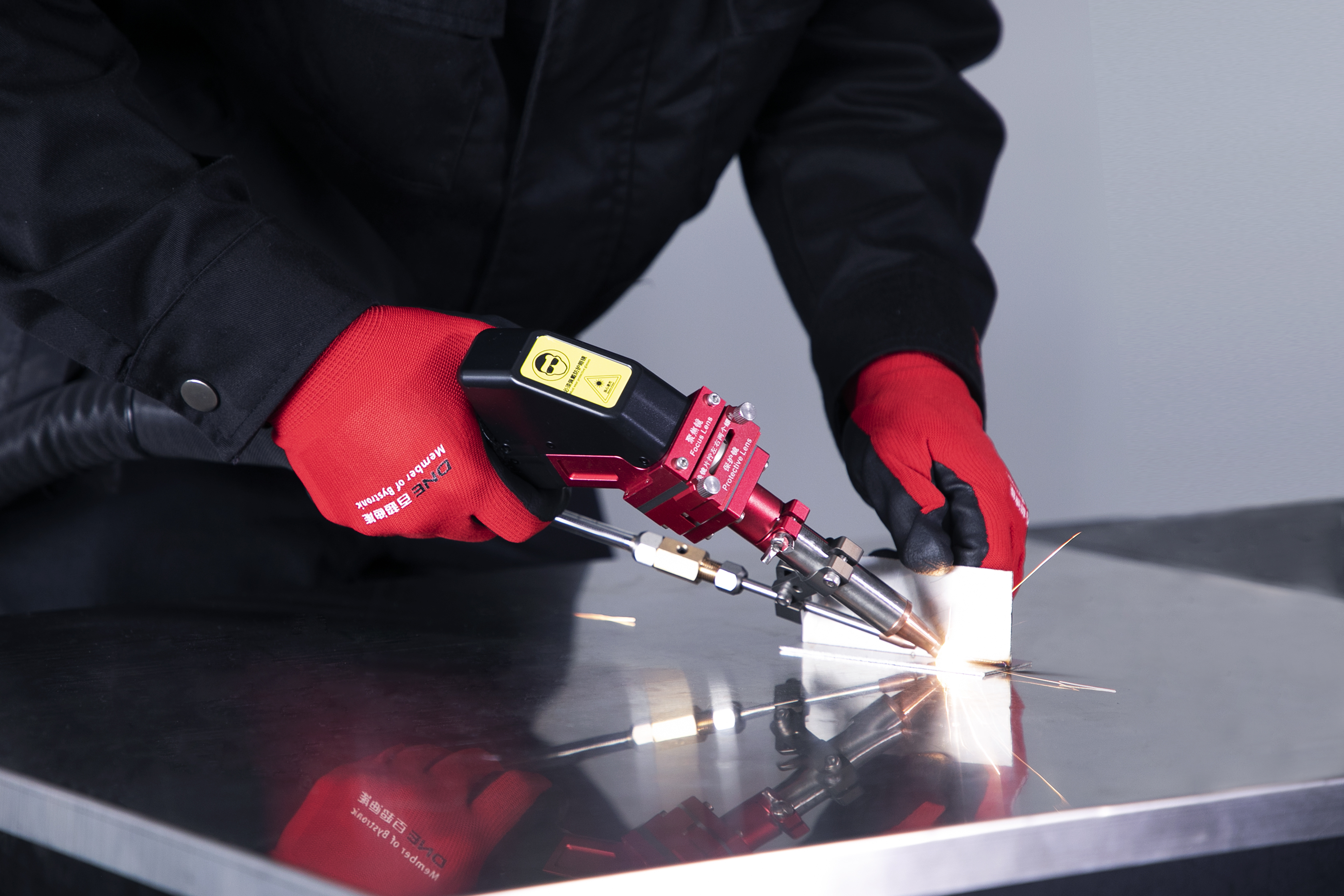What Safety Equipment is Needed for Laser Welding?
Laser welding offers some very clear benefits over traditional welding, and comes with some very definite safety needs. The list of benefits is one of the reasons that laser welding has become more commonly utilized, including:
· Faster welding speeds
· Easier-to-use systems/less training
· Clean, uniform welds that need minimal post-processing
· Capable of welding a variety of materials
· Increased weld strength
· Decreased porosity versus traditional welding
Of course, this list does not automatically mean that laser welding is right for every application or fabricator; that question can be answered by seeing what laser welding can do and asking a laser welding expert if it is right for the specific applications needed.
For those fabricators who decide laser welding is right for their business, the next step is to ask the obvious question, “what safety equipment is needed for laser welding?” Laser welding does come with some risks to operators, just like traditional welding methods. The answer to that common question about laser welding, along with other commonly asked questions, is answered in this blog.
What are safety hazards that laser welding operators need to be aware of?
To answer this question, manufacturers first need to learn more about the technology. As the name suggests, laser welders use the same technology as the fiber lasers that cut metal utilized by fabricators and manufacturers.
A laser welder welds materials by using a high-powered laser beam to melt and fuse materials together, typically metals or thermoplastics. The beam of the laser welder is highly concentrated and can reach temperatures hot enough to melt most metals. That laser beam is directed through lenses and mirrors to a very small, precise spot on the material. The energy density at this spot is extremely high, allowing for deep penetration with minimal heat spread.
The beam of the laser welder is the major safety hazards of laser welding. When a fiber laser cuts metal, that beams operates behind safety glass that protects the operator’s eyes. When laser welding, it’s up to the manufacturer to provide that safety barrier.

What safety equipment is needed for laser welding?
The laser beam emitted from a laser welder is invisible to the human eye, making the potential for injury to the retina very high. Typically, two barriers should be utilized to protect the operator and others in the shop.
For the operator, a helmet built with glass specifically built for protecting the human eye from lasers is essential. These helmets are different than a traditional welding helmet because the technologies are different. Helmets sold with the DNE Handheld Laser Welder offer another advanced safety measure, the safety interlock; the laser welder turns off when the helmet is lifted. Safety glasses with laser-safe glass and welding gloves offer another level of protection. All safety equipment must meet the OSHA-recognized standard ANSIZ136.1, Safe Use of Lasers.
For others in the shop, an enclosure with laser-safe glass is needed to protect passers-by and others working around the space. They can be free standing or hung. The most advanced enclosures for laser welders are integrated with the laser welder; when opened, the doors of these enclosures turn off the laser welder. Automated laser welding units should also be surrounded by laser-safe glass. The welding area and barriers should be large enough to minimize the risk of reflection which can also injure those nearby. The area should also not be carpeted or contain any objects that could be melted by sparks or are a fire hazard.
In essence, manufacturers need a laser welding helmet, laser welding safety glasses, welding gloves, and a barrier or enclosure with laser-safe glass.
Will a standard welding helmet work? What is the difference between a welding helmet and laser welding helmet?
The short answer is no. The main difference between a laser welding helmet and a traditional welding helmet lies in the type of protection they provide, due to the very different kinds of light and energy involved in laser welding vs. traditional arc welding. Fiber lasers can cause severe, irreversible eye damage even if the beam is not visible or is reflected. Traditional helmets won’t block laser-specific wavelengths, so using the wrong helmet during laser welding is dangerous.

Have anymore questions about laser welding safety?
There are many resources available for manufacturers who want to research laser welding safety, including Laser Safety Officer training. For other questions, send a message to our knowledgeable DNE Handheld Laser Welding Sales Manager.





.svg)

